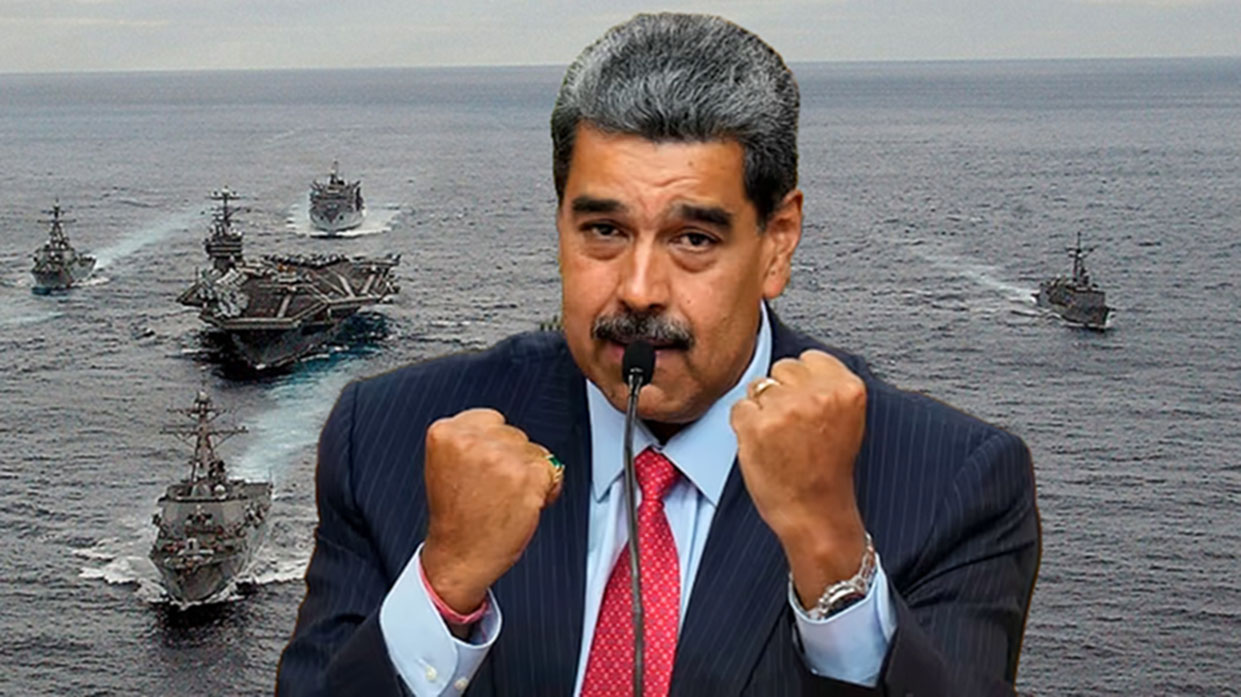By 3 Narratives News
Published: July 25, 2025
“I heard the ground shake. My son grabbed his little sister. Then the shell landed,” said Sok Sreymom, a mother of three who fled her village in Cambodia’s Oddar Meanchey province two days ago. “We thought it was just a border patrol again. It was a war.”
As plumes of smoke rose over the heavily forested temple of Ta Muen Thom, the ancient ghosts of Southeast Asia’s oldest land dispute came roaring back to life.
On July 23, 2025, a landmine explosion maimed several Thai soldiers. Within 24 hours, long-standing tensions between Thailand and Cambodia exploded into one of the most severe cross-border military engagements in over a decade. Villages were shelled. Fighter jets roared over disputed jungles. Civilians fled by the tens of thousands.
The world, distracted by Ukraine and the South China Sea, barely noticed.
A century of dispute, a week of destruction
The roots of this latest conflict stretch back over a century, to the 1907 Franco-Siamese Treaty. When France relinquished its claims in Indochina, maps blurred the lines between what is now northeast Thailand and northwest Cambodia. The ambiguity festered, especially around sacred sites like Preah Vihear and Ta Muen Thom—Khmer temples perched on Thai soil but claimed by both.
In 1962, the International Court of Justice ruled Preah Vihear belonged to Cambodia. But the land surrounding it—strategically important and rich in tourism revenue—remained in limbo.
Tensions simmered again in 2008, and full-blown skirmishes lasted until 2011, leaving dozens dead and thousands displaced. This time, the cost may be even greater.
According to Thailand’s Ministry of the Interior, over 58,000 Thai civilians have fled their homes. Cambodia’s National Committee for Disaster Management puts its displaced population at 23,000. Thai officials confirmed 14 civilian deaths and one soldier killed. Cambodia reported one civilian fatality, though the true toll is likely higher.
Hospitals in Ubon Ratchathani and Surin were hit by rocket fire. Schools and gas stations became targets. On July 24, Thailand launched F-16 airstrikes in retaliation for cross-border shelling.
Narrative One: Thailand’s Response — Security or Strategy?
The Thai government maintains it was provoked. “Our soldiers were on a routine patrol near Ta Muen Thom when they stepped on a landmine,” said Colonel Wichai Pongpat of the Thai Royal Army. “This was not an act of aggression on our part. But we will respond to protect our people.”
That response has been swift and heavy. Shelling of Cambodian military outposts began within hours of the mine blast. Border checkpoints closed. Aerial bombardments followed.
Thailand’s Prime Minister Paetongtarn Shinawatra, already under pressure due to leaked diplomatic tapes suggesting secret coordination with Cambodia’s Hun Sen, took a hawkish tone in Parliament. “Thailand will not surrender our territorial integrity,” she declared. “We will stand firm, even if it means great sacrifice.”
But some critics question the timing. “This is a political war,” said Dr. Aran Thamchai, a political analyst at Chulalongkorn University. “With the PM’s popularity sliding and opposition mounting, a border war is a convenient way to rally nationalism.”
Narrative Two: Cambodia’s Plea — A Victim or a Provoker?
From Phnom Penh, the view is starkly different.
“We were the ones attacked,” said Prime Minister Hun Manet, who has sought urgent United Nations intervention. “Thailand bombed our territory, our homes, our temples. This is a violation of international law.”
Cambodia filed an emergency petition with the International Court of Justice, asking for reaffirmation of its sovereignty over Ta Muen Thom and the surrounding lands. A UN Security Council meeting was convened, but hopes for peace faded when Thailand refused third-party arbitration.
Cambodian citizens, meanwhile, are caught in the middle. “My house is gone. Burned,” said Khun Bora, a farmer from Banteay Ampil. “The army told us to run. I took my father’s ashes and ran. Everything else is still there.”
Some Cambodian officials believe this flare-up is an attempt by Thailand to reassert dominance over key tourist and religious sites. “This is about Preah Vihear, yes, but also about pride,” said Foreign Minister Sok Chenda Sophea. “Thailand cannot accept that an international court ruled in our favor. So they retaliate.”
Narrative Three: The Regional Dilemma — History, Nationalism, and the Ghosts of Empire
For historians and diplomats alike, this war is less about mines or maps and more about memories.
The Cambodian-Thai border is littered with ruins—literal and political—of empires long gone. The temples at the heart of the conflict were built by the Khmer Empire, at a time when today’s lines didn’t exist. For both countries, they are more than relics. They are symbols of identity, sovereignty, and lost grandeur.
“It’s no coincidence that conflict erupts around temples,” said historian Dr. Lina Suphatra. “These are not just religious sites. They are nationalist totems. Whoever controls them controls the narrative of the past.”
ASEAN has tried to mediate. Malaysia, the current chair, proposed a ceasefire on July 24, which Cambodia signed—but Thailand walked away. China and the US have urged de-escalation, but neither has taken a firm position.
Meanwhile, the war grinds on.
The third narrative is the one you don’t hear
It doesn’t belong to generals or politicians. It belongs to people like Sok Sreymom, who hasn’t seen her husband since the rockets began falling. It belongs to Khun Bora, who sleeps in a rice warehouse with his surviving neighbors.
It belongs to the 100,000 civilians on both sides who have no interest in maps, temples, or treaties—only the hope that they can go home, soon, and safely.


